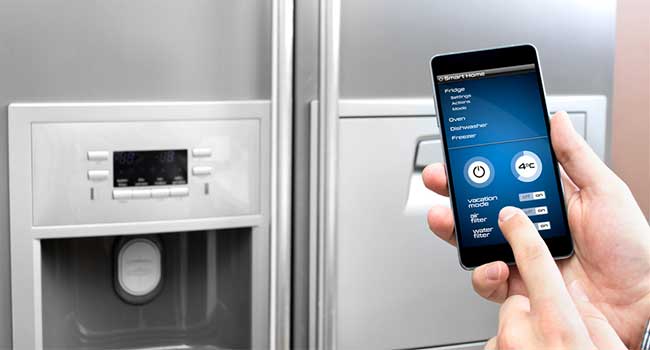
Smart Appliances should have Cybersecurity Rating
Televisions, fridges and other internet-connected home appliances should carry a security rating, a police chief suggested.
It is glaringly apparent that the age of internet-connected things is upon us and, as one police chief suggests, we should be looking for ways to market the internet of things in a safe and secure way.
Durham chief constable Mike Barton said customers of for internet-ready equipment should be given the at-a-glance information in the same way fridges, freezers, TVs and other appliances have to display their energy efficiency ratings before sale.
Barton, the national policing lead fore crime operations, proposed the idea as part of efforts to protect households from fraudsters and hackers in the era of the digital age. He is concerned that “dumb” devices could be put online and be interconnected for automation and smart appliance activities.
The proposal comes just as analysts forecast by 2020 there will be as many as 21 billion connected devices around the world. It is only fitting that the surge in devices will create a string of security concerns as well.
Earlier this year it was, not-surprisingly, reported that smartphones, watches, televisions and fitness trackers could be targeted by cyber criminals seeking to hold users information for ransom. There have even been reports that baby monitors, children’s toys and pacemakers are targets of hacking.
While Barton suggests ratings for these smart appliances, in reality it is actually nearly impossible to do. Even if the appliance earns an A+ rating at the point of sale, over time the device will become vulnerable as hackers have more time to root around for vulnerably. The device also becomes less secure if the buyer chooses not to regularly update the software.
“We are in the foothills of the internet of things,” Barton said. “It is easier now to create something like this than it will be in 10 years’ time when there would be tens of millions of products.
“I don’t want to look back and be accused of not actually waving a flag to say we should be doing more.”